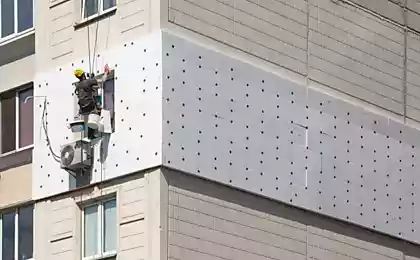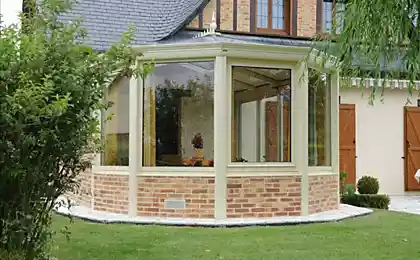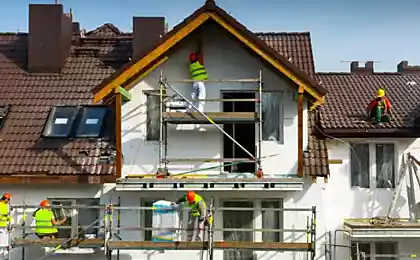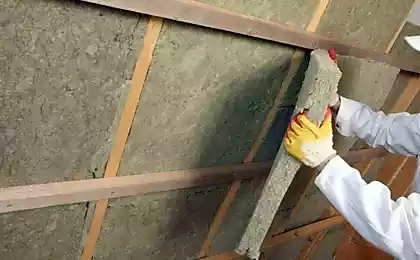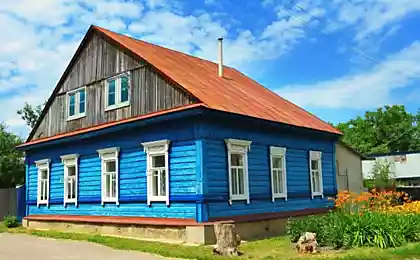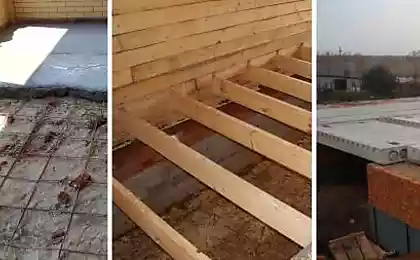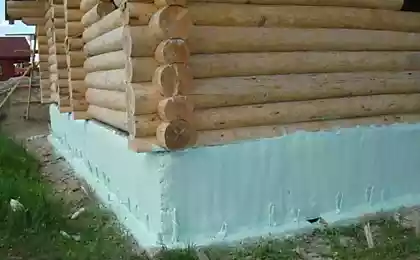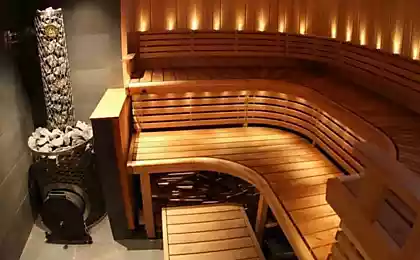285
The most environmentally friendly insulation: which one to choose?
Any building material today is selected based on environmental purity. Building material in the process of use should not cause harm to the environment and humans. First of all, this applies to insulation, which are used for thermal insulation of the walls of houses. The consumer faces the task of how to choose the most environmentally friendly insulation for the thermal insulation of their premises. To choose the material, you must adhere to the following selection criterion:
1. The main indicator is the safety of people living in the room.
2. Under the influence of the environment, the material should not release harmful chemical compounds.
3. The insulation can be reused during the construction process.
To choose an environmentally friendly insulation for the house, you must adhere to these selection criteria.
Ecovata.
Ecovata consists of 85 percent cellulose. Fire retardants are used to connect the components. Ecovata is an excellent insulating material that has a loose structure, and after application compacts under its weight. Ecovata can act as an environmentally friendly insulation for walls, but with the use of special equipment, because manually spray this insulation evenly will not work.
Heat. Flax insulationLinen fiber produces heat, which acts as an environmental insulation for the roof of any room. When insulating the room with this type of material, there is no need to install vapor insulation. Heat perfectly regulates moisture exchange in the building. The best eco-friendly insulation for a wooden house is warm and eco-friendly. Heat has bactericidal substances that do not allow the fungus to develop on the wooden surface of the house.
Installation of heat occurs in the same way as the fiber insulation. In the production of VAL-FLAX heat, flame retardant treatment is used, which greatly increases the fire resistance of this product. Insulation, which in their structure have flax, are the most environmentally friendly and modern materials. Choosing an environmentally friendly heater, your home will have the following advantages:
1. The temperature in the house changes smoothly due to this type of insulation.
2. Antiseptic properties of flax create a favorable climate in the room.
3. Electrostatic fields are neutralized due to the small electrical resistance of flax.
4. The material does not collapse and does not shrink.
Fibrolite. Popular insulationFibrolyte in its composition contains wood fiber, liquid glass and Portland cement. Fibrolite attracted the attention of the consumer by the fact that the temperature of its surface begins to change 10 to 11 hours after external temperature changes. For example, if there is unbearable heat outside, then fibrolitol will heat up only closer to the evening. Of the main advantages of fibrolyte, the following aspects can be distinguished:
1. It has excellent frost resistance and moisture resistance.
2. In this material, nails can be hammered, as well as sawed and drilled.
3. Fibrolite is completely protected from decay processes.
4. Substances that are part of the insulation prevent the appearance of fungi and mold.
5. Fibrolite can be laid at low temperature.
P.S. And remember, just changing our consumption – together we change the world!
Source: energysafe.ru/design/architecture/samyy-ekologichnyy-uteplitel-kakoy-vybrat.html
1. The main indicator is the safety of people living in the room.
2. Under the influence of the environment, the material should not release harmful chemical compounds.
3. The insulation can be reused during the construction process.
To choose an environmentally friendly insulation for the house, you must adhere to these selection criteria.
Ecovata.
Ecovata consists of 85 percent cellulose. Fire retardants are used to connect the components. Ecovata is an excellent insulating material that has a loose structure, and after application compacts under its weight. Ecovata can act as an environmentally friendly insulation for walls, but with the use of special equipment, because manually spray this insulation evenly will not work.
Heat. Flax insulationLinen fiber produces heat, which acts as an environmental insulation for the roof of any room. When insulating the room with this type of material, there is no need to install vapor insulation. Heat perfectly regulates moisture exchange in the building. The best eco-friendly insulation for a wooden house is warm and eco-friendly. Heat has bactericidal substances that do not allow the fungus to develop on the wooden surface of the house.
Installation of heat occurs in the same way as the fiber insulation. In the production of VAL-FLAX heat, flame retardant treatment is used, which greatly increases the fire resistance of this product. Insulation, which in their structure have flax, are the most environmentally friendly and modern materials. Choosing an environmentally friendly heater, your home will have the following advantages:
1. The temperature in the house changes smoothly due to this type of insulation.
2. Antiseptic properties of flax create a favorable climate in the room.
3. Electrostatic fields are neutralized due to the small electrical resistance of flax.
4. The material does not collapse and does not shrink.
Fibrolite. Popular insulationFibrolyte in its composition contains wood fiber, liquid glass and Portland cement. Fibrolite attracted the attention of the consumer by the fact that the temperature of its surface begins to change 10 to 11 hours after external temperature changes. For example, if there is unbearable heat outside, then fibrolitol will heat up only closer to the evening. Of the main advantages of fibrolyte, the following aspects can be distinguished:
1. It has excellent frost resistance and moisture resistance.
2. In this material, nails can be hammered, as well as sawed and drilled.
3. Fibrolite is completely protected from decay processes.
4. Substances that are part of the insulation prevent the appearance of fungi and mold.
5. Fibrolite can be laid at low temperature.
P.S. And remember, just changing our consumption – together we change the world!
Source: energysafe.ru/design/architecture/samyy-ekologichnyy-uteplitel-kakoy-vybrat.html
Jon Ronson: What separates the mad man from healthy
How does the wheel of a racing car, "Formula 1"?


